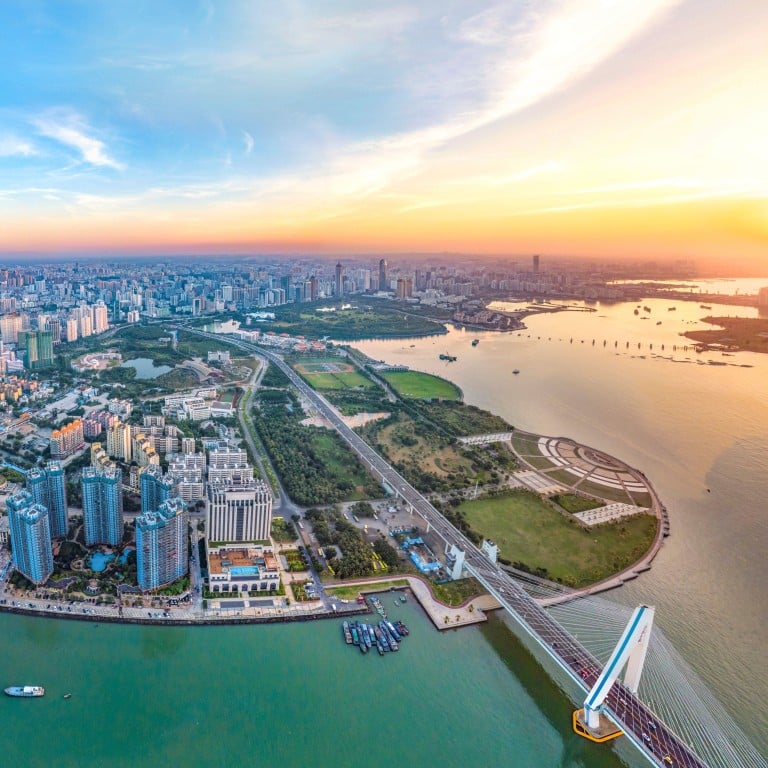Opinion / Will China’s Hainan island kill the duty free industry? International shopping sprees are out now the tropical paradise lets domestic travellers leave with US$15,000 of tax free goods

This article is part of Style’s Inside Luxury Column
To many people in Europe or North America, the word “Hainan” would draw a complete blank. The smallest and southernmost province in China, it is comprised of Hainan island, the largest and most populated island in China, along with various smaller islands.
Are Hermès, Dior and Louis Vuitton too cheap? Luxury labels lose billions by not adding the brand story to the sticker price
Hainan is often referred to domestically as the “Hawaii of China” thanks largely to its subtropical to tropical climate. In June 2020, the Chinese government announced an ambitious plan to transform the entire island into a free trade port, making it the largest special economic zone in China.
Hotels like the Atlantis Sanya demonstrate that ambition, featuring an underwater suite and the Ossiano underwater restaurant. The Beauty Crown Grand-Tree Hotel in Sanya is another example, opening in 2016 and consisting of nine enormous treelike structures. The still-to-be-completed Phoenix Island already boasts futuristic, sail-like skyscrapers. Ocean Flower Island is another vast reclamation, an archipelago of three islands costing US$24 billion which recently opened its first attractions and will include the Island Marine Park, a Snowberg Water Kingdom and Fairyland.

As a result, 2020 saw unprecedented growth in local luxury shopping in mainland China and in the first quarter of 2021 much of all growth in the global luxury market came from China. For Hainan, there could be no better timing for global travel disruption, catapulting it to the top of the list for Chinese travellers.

Since 2011, Hainan has offered domestic travellers duty free shopping – with the non-taxable allowance tripling in July 2020, to 100,000 yuan (US$15,500) per person, as well as removing a cap of 8,000 yuan for any single product.
This allows each person travelling there to buy several Louis Vuitton or Gucci bags at a lower price than in their hometown. As a result, Hainan will have a massive impact on other international duty free travel destinations, while boosting the sales of luxury products across all categories from clothes to wines, as demand in the mainland grows significantly.

China’s increasingly patriotic Chinese Gen Z is likely to flock to Hainan as a convenient, easy-to-reach destination, giving other tourist destinations banking on Chinese tourists, a massive headache. Not only will China account for more than 50 per cent of global luxury product sales well before 2030, but areas like Hainan will further accelerate the trend of repatriation and increased domestic tourism, entertainment and shopping.

In this context, I also expect a boost to local Chinese luxury brands over the next year, as the market turns increasingly domestic. The rise of Hainan is a significant catalyst for the luxury market and will force brands to further shape and adapt their China strategy.

- Gen Z are profiting from new regulations allowing each local visitor to buy several Louis Vuitton or Gucci products tax-free after a short domestic flight
- South Korea, New York, Los Angeles, Paris and Milan will all lose out as Chinese consumers visit the ‘Hawaii of China’ to stock up on luxury goods